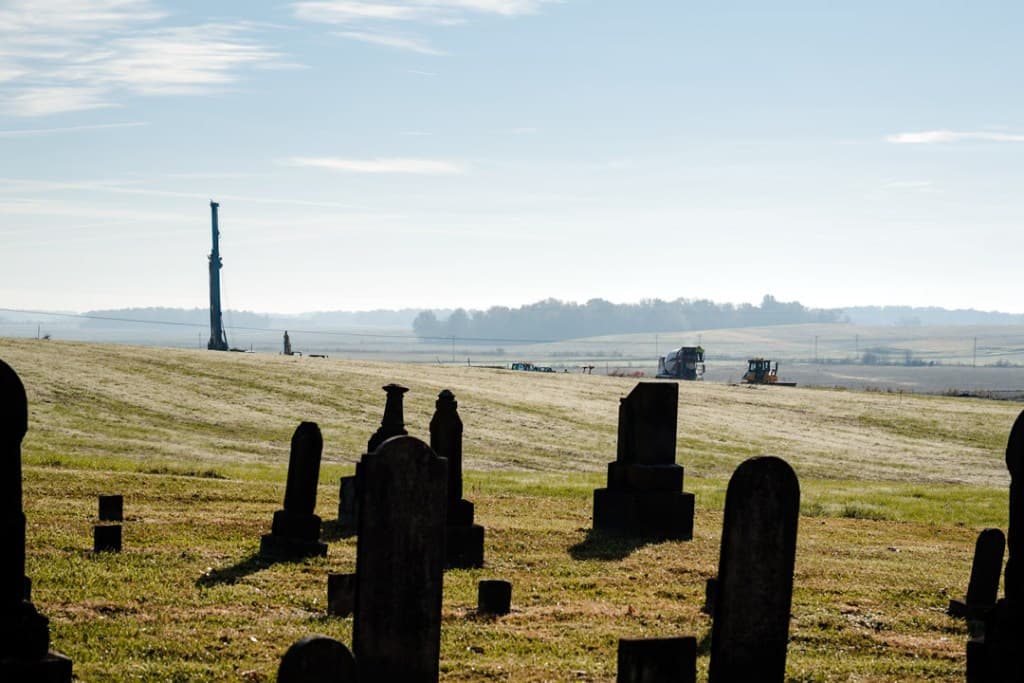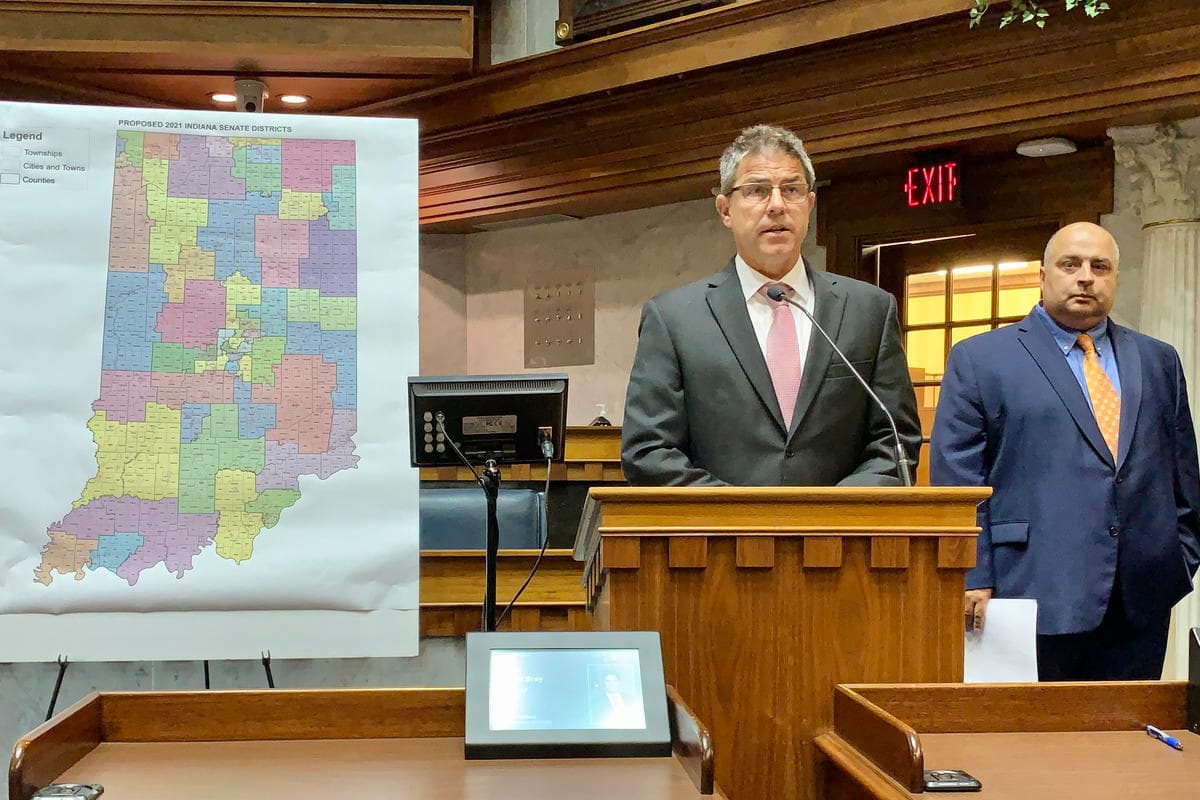Residents Urge Pause on AES Battery Storage Near Holland Cemetery
Huntingburg council members heard strong local opposition to the proposed AES Battery Energy Storage System at a November 11 meeting, as neighbors raised concerns about toxins, fire risk, and emergency response capacity. The debate matters to Dubois County residents because the facility would sit within view of the Central German Methodist Cemetery and near homes, prompting calls for a moratorium and clearer zoning and safety plans.

Huntingburg city leaders spent most of their November 11 meeting addressing community concerns about the Crossvine Solar Project and an associated AES Battery Energy Storage System planned for property south of Huntingburg between the Huntingburg Airport and the Town of Holland. The battery system will be located along Northeast Holland Road and within sight of the Central German Methodist Cemetery. According to AES materials, the systems use lithium ion batteries to store electricity produced by the solar field.
Residents from Holland and Huntingburg asked the council to enact a pause on the battery facility, presenting a petition with more than 200 signatures. Neighbors voiced fears about potential toxins, fire response, and the impact on property values. They also noted that part of the area designated for solar panels falls within Huntingburg’s two mile extraterritorial jurisdiction, although the battery storage site sits roughly a quarter mile outside that boundary.
Holly Gogel, representing concerned neighbors, told the council the group sought more time to understand the project’s local effects. “This message is not born out of hostility to renewable energy,” she said. Gogel raised specific emergency concerns by citing a thermal runaway event in 2022 at a 10 megawatt facility in Chandler, Arizona. “If on fire, these fires cannot be extinguished, taking days or weeks to burn out,” she said, and she suggested that an 85 megawatt facility could present even greater challenges.
City officials said they have asked AES to meet with the county emergency management agency and have involved local police and fire departments in discussions about response protocols. Construction of the solar arrays has not begun, although work is underway on a CenterPoint substation on adjacent property to serve the facility. The only formal action the city has taken to date was approving a decommissioning bond that requires AES to maintain funds for removal if the facility stops producing power for six months or is sold.
Not all council members sided with the project. Councilman Elkins expressed skepticism about the value of large solar fields to Huntingburg and said he would explore legal options. “I see no benefit to solar fields and what they do; there’s no benefit to the city of Huntingburg,” he said. Korrine Whitehead, a biology teacher, described the visual and land use changes she observed at an AES site in Pike County and warned that damaged panels can leak toxic chemicals including cadmium, lead and silicon dust. She urged officials to consider a pause and stronger zoning controls. “whatever you can do to put a pause to it; put a stop to it.”
Officials acknowledged limits on local authority because current zoning treats solar fields as an acceptable agricultural activity on agricultural land, but the mayor said he would explore strengthening the city’s solar energy system standards in the Unified Development Ordinance. AES has scheduled a public open house for November 13 at the Huntingburg Event Center from 5:30 to 7:30 p.m. and a virtual meeting for November 19. The mayor said he will report back on discussions with AES and potential legal options at future meetings, while reiterating his opposition to large scale solar development near Huntingburg.
For local residents, the debate raises familiar questions about balancing renewable energy goals with community safety, land use and emergency preparedness. The upcoming AES meetings will give neighbors and officials an opportunity to seek more details and press for concrete plans on risk mitigation and local impacts.


